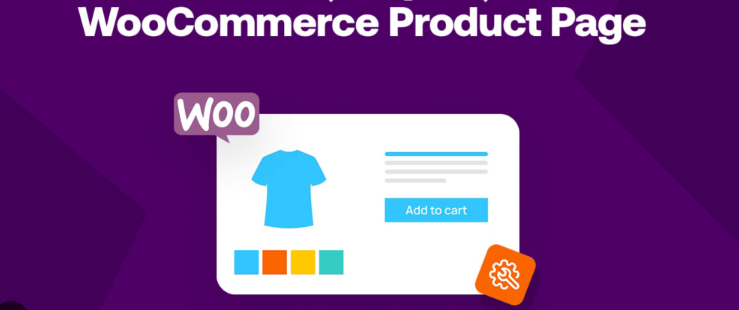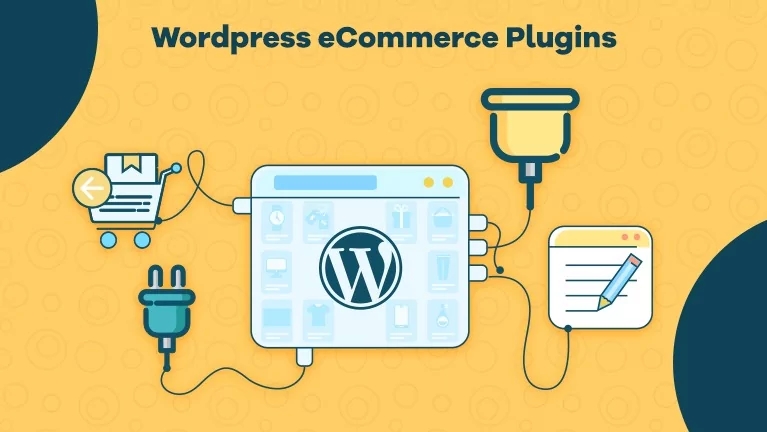cross-border e-commerceBuyers increasingly value real-time access to logistics information. By interfacing WooCommerce with a logistics tracking system, merchants can improve the user experience and also optimize internal operational efficiency. In this article, we will comprehensively introduce WooCommerce API Principles, benefits and implementation points of a docking logistics tracking system.
![Image [1]-WooCommerce API to Logistics Tracking System: The Key to Automating Order Logistics](http://gqxi.cn/wp-content/uploads/2025/07/20250704093857935-image.png)
1. Why interface with a logistics tracking system
1.1 Increased customer satisfaction
Buyers can check the logistics status in real time in their personal accounts, reducing after-sales inquiries and enhancing trust.
1.2 Increased operational efficiency
Reduce the workload of manually updating waybill number and logistics status, avoid information errors and save labor.
1.3 Centralized data management
Unified management of order and logistics information to facilitate team follow-up and optimize the shipping process.
2. WooCommerce API interface principle
![Image [2]-WooCommerce API to Logistics Tracking System: The Key to Automating Order Logistics](http://gqxi.cn/wp-content/uploads/2025/07/20250704094348433-image.png)
WooCommerce A REST API is provided to read order information and add custom fields to the order, such as logistics company, waybill number, and tracking link. The docking process generally includes:
- Pulling New Order Information from the WooCommerce API
- Calling the 3PL API to create a waybill
- Get waybill number and tracking link from logistics company
- Updating Order Notes or Custom Fields Using the WooCommerce API
- If desired, you can set up automatic email notifications with tracking information to be sent to customers
3. Common docking schemes
3.1 Docking via plug-in
Suitable for small and medium-sized sellers without development skills. Commonly used plugins such as:
- TrackShip: Automatically update WooCommerce order status and support the world's leading logistics providers.
![Image [3]-WooCommerce API to Logistics Tracking System: The Key to Automating Order Logistics](http://gqxi.cn/wp-content/uploads/2025/07/20250704094525215-image.png)
- AfterShip: It can be docked to multiple logistics companies, supports Chinese interface, and is suitable for cross-border e-commerce.
![Image [4]-WooCommerce API to Logistics Tracking System: The Key to Automating Order Logistics](http://gqxi.cn/wp-content/uploads/2025/07/20250705175033427-image.png)
3.2 Customized API Mapping Development
When the business needs to interface with multiple logistics providers or build its own OMS system, the development method can be used:
- utilization WooCommerce REST API Pull orders (
/wp-json/wc/v3/orders) - Pass order information (recipient, address, SKU, etc.) to the logistics system API.
- Receive returned waybill number, courier company information, tracking link
- Write this information to order notes or metadata via the WooCommerce API
4. Common problems and solutions in docking
4.1 Insufficient API permissions
Ensure that the user of the WooCommerce REST API has "read/write" permissions and that the Consumer Key and Consumer Secret are set correctly when called.
![Image [5]-WooCommerce API to Logistics Tracking System: The Key to Automating Order Logistics](http://gqxi.cn/wp-content/uploads/2025/07/20250703102215478-image.png)
4.2 Inconsistent logistics interface formats
Different logistics providers have different API formats, so it is necessary to write a middle layer to convert the format and unify the input/output structure.
4.3 Delayed order updates
It is recommended to set the docking task as a timed execution (e.g., pulling every 10 minutes), and to make a good exception retry logic.
4.4 HTTPS and SSL Configuration Issues
Ensure that the WooCommerce site is enabled before docking SSLThe API calls are made using HTTPS to avoid connection failures due to SSL misconfigurations.
![Image [6]-WooCommerce API to Logistics Tracking System: The Key to Automating Order Logistics](http://gqxi.cn/wp-content/uploads/2025/07/20250704100216645-image.png)
5. Implementation of recommendations
- pre-testing: Docking test in the sandbox environment to confirm that the interface call, data writing and email notification process is correct before going live.
- error log: Record all API request and response logs for easy troubleshooting.
- Automation Notification: When docking is complete, it can be done through the WooCommerce Email templates or automation plug-ins to proactively notify customers of logistics updates and reduce post-sale work orders.
- Choose a stable logistics API provider: Ensure interface stability to avoid order loss or delay during peak periods.
reach a verdict
commander-in-chief (military) WooCommerce API Docking with logistics tracking systems is an important part of automating e-commerce operations. It can enhance the buyer experience and reduce the burden on the operations team, helping merchants stay ahead of the curve in a competitive marketplace. If your store has tens to hundreds of shipments per day, it is recommended to plan this docking solution as early as possible to lay a solid foundation for future growth.
Link to this article:http://gqxi.cn/en/65338The article is copyrighted and must be reproduced with attribution.

























![Emoji[jingya]-Photonflux.com | Professional WordPress repair service, worldwide, rapid response](http://gqxi.cn/wp-content/themes/zibll/img/smilies/jingya.gif)






No comments